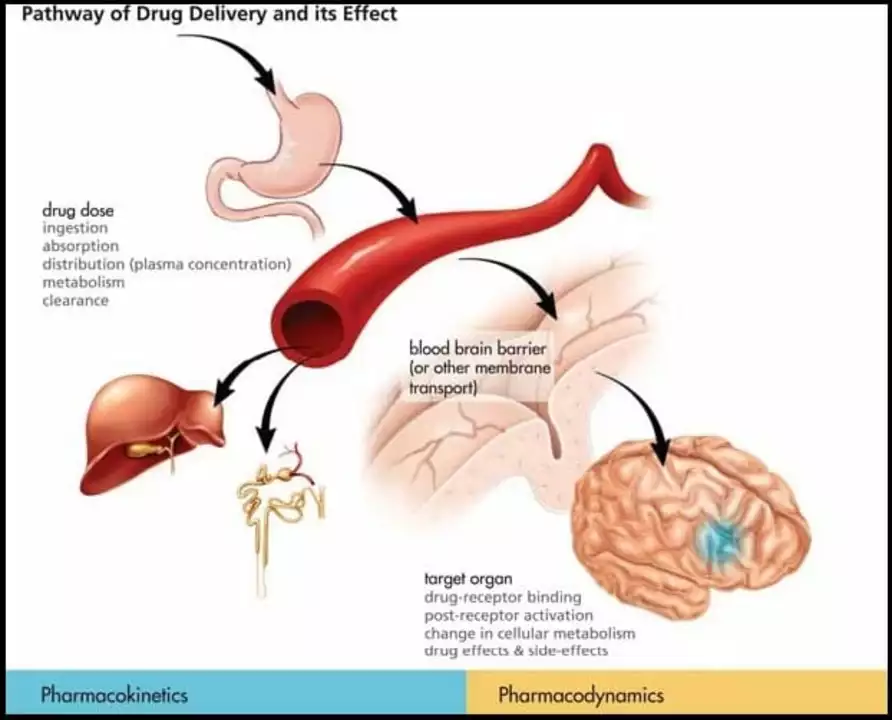April 2023 Archive — What we published
April 2023 on HighStreetPharma mixed practical skin care tips with deeper medical reads. You’ll find a clear comparison of two popular skincare ingredients, a look at how heart disease can affect bones, a light piece on allopurinol in pop culture, and a technical but readable guide to abiraterone. Each post aims to give useful takeaways you can use or discuss with your clinician.
Skincare: allantoin vs. hyaluronic acid
One post compared allantoin and hyaluronic acid so you can pick the right product. Allantoin soothes irritation and helps damaged skin heal. Hyaluronic acid holds water and gives skin a plumper, hydrated feel. Want a quick rule? Use allantoin when skin is red, itchy, or compromised. Reach for hyaluronic acid when your main goal is hydration and smoother texture. Many products combine both, and that can work well for sensitive, dry skin.
Practical tip: apply hyaluronic acid on damp skin, then seal with a moisturizer. If you have broken or inflamed skin, look for low concentrations of active ingredients and check with a dermatologist before layering strong actives.
From heart failure to bones: a surprising link
Another April piece summarized research showing people with chronic heart failure face higher risk of osteoporosis and fractures. Shared drivers include aging, chronic inflammation, hormonal shifts, and some medications that affect bone density. The post recommends routine bone health checks for patients with heart failure and simple steps like vitamin D, calcium where appropriate, weight-bearing exercise, and reviewing meds with a doctor.
Why this matters: catching bone loss early reduces fractures and keeps people independent longer. If you or a family member has heart failure, ask your care team about a bone density test and practical prevention steps.
We also published a lighter, culture-focused post about allopurinol appearing in films, TV, and books. It’s an easy read that shows how common medications can shape public awareness and reduce stigma around conditions like gout. That post highlights moments where medicine entered mainstream stories and explains why accurate portrayals help patients understand treatment options.
Finally, there’s a detailed but approachable article on abiraterone’s pharmacokinetics and pharmacodynamics. It explains how the drug lowers androgen production, how it’s absorbed and metabolized, and why timing, food, and interactions matter for dosing. The write-up aims to help patients and caregivers understand why doctors choose specific schedules or monitor labs during treatment.
Overall, April’s posts balance everyday health choices and clear explanations of medical treatments. If something catches your eye, read the full post for practical steps and questions to bring to your clinician. Prefer a quick summary? Use our search or reach out with a topic you want covered next.


